Here’s a test. You’re in a cool city in the US, Canada, South Africa or Australia. Sooner or later, you’ve had enough of the craft coffee and hipster bars, the bare brickwork and exposed ducts and everything being terribly vibrant all the time. You want to escape to somewhere peaceful, green and hilly; a place of sweet air, pretty villages and rolling fields of vines. Where’s best?
In San Francisco you head to Napa. In Vancouver, it’s Vancouver Island. Allow some time for those trips; slightly less from Cape Town to the winelands around Paarl or from Melbourne to the Mornington Peninsula.
These are all great. But in the place I have in mind, it’s entirely possible to enjoy your main course in town and your dessert in the hills, with nothing more to distract you than the sounds of the magpies and the smell of gum trees. That place is Adelaide.
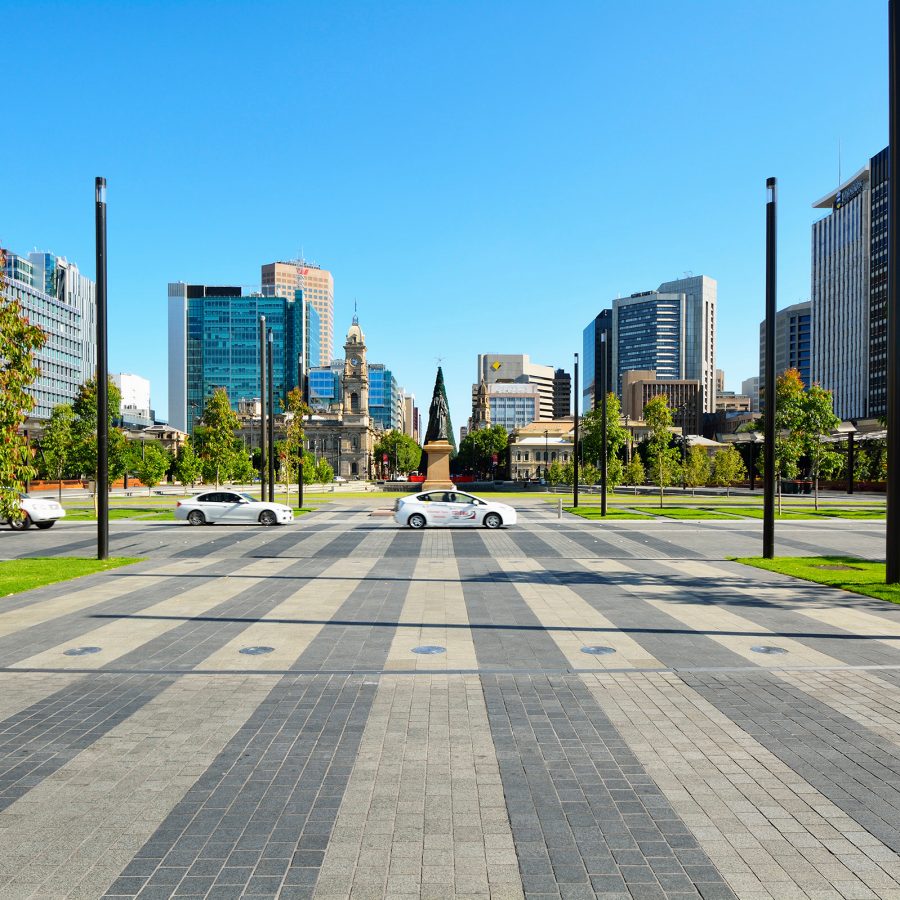
Credit: Raimund Linke/Getty Images
Australia’s big country town
Adelaide is conventionally described as Australia’s biggest country town. You know that’s accurate within minutes of strolling down King William Street, right in the centre. Sure, there are tower blocks, convenience stores, high-end boutiques, buses and trams. But between the blocks, there’s a neatly framed view of not-very-distant hills speckled with large, low houses. Melbourne and Sydney are their own intact, enclosed little kingdoms: Adelaide is wide open.
The country town is every bit a part of the Aussie national imagination as the beach and the bush. The instant picture: prosperous, wide streets, the colonnaded Victorian pub on the corner, the land agents and bottle shops down the street, the sport clubs and friendliness and the small ‘c’ conservatism.
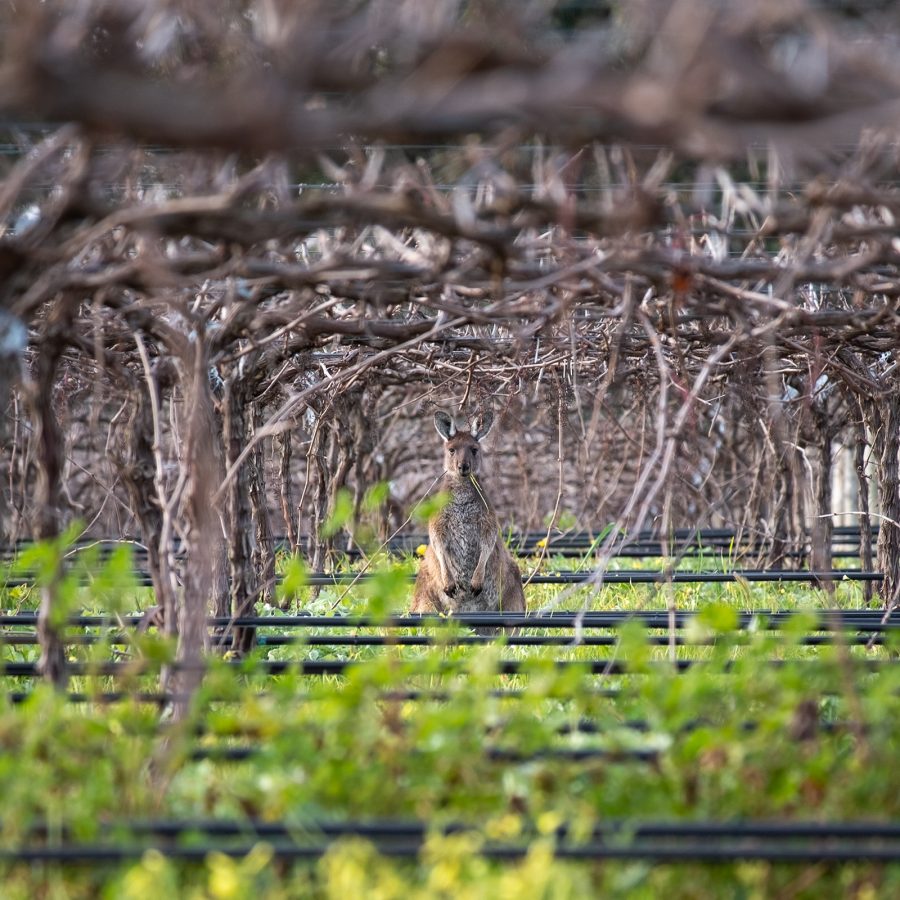
Credit: Alba Boix/Getty Images
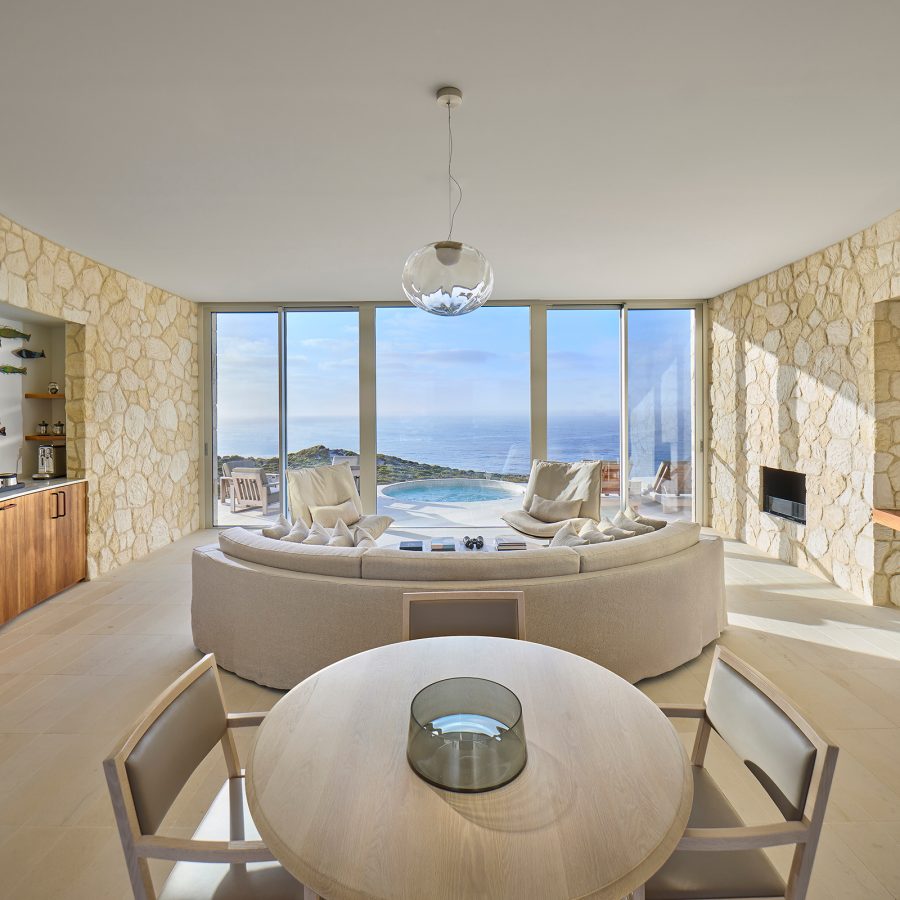
Credit: George Apostolidis
Exploring South Australia
I’ve returned to South Australia regularly over the past 20 years. Every time I’ve had a rich and extraordinary experience. I’ve pottered around refined North Adelaide, then tippled through the Barossa Valley. I’ve taken a Land Cruiser north through the Clare Valley to Wilpena Pound and up to scorching Parachilna – Outback proper.
Then I’ve flown beyond: over Lake Eyre to Coober Pedy, over the Painted Hills, the huge mines and huger cattle stations. I was in cooler, wildlife-rich Kangaroo Island when the Southern Ocean Lodge opened – the best resort this side of the Tasman Sea. The common element: Adelaide is base camp, the starting point for all those incredible adventures.

Credit: McLaren Vale Grape Wine and Tourism Association
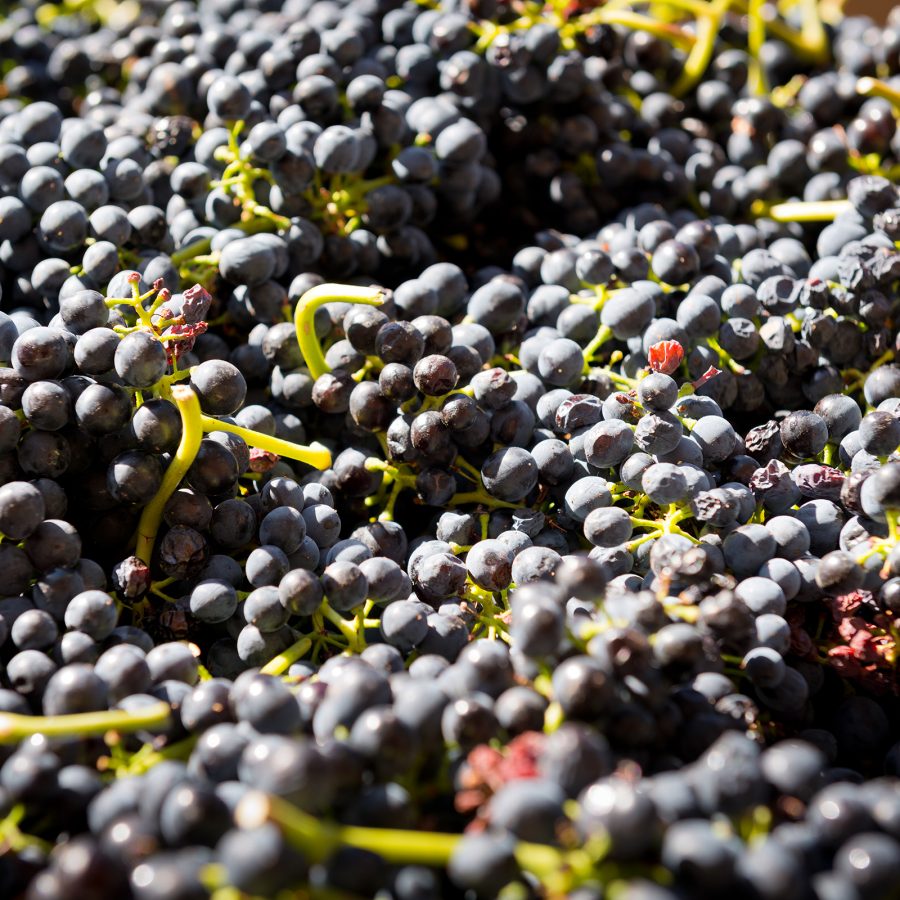
Credit: THP Creative/Getty Images
South Australia’s wine region
Here’s another reason to fly in and drive out: the McLaren Vale wine region , an idyllic little spot you can get to from Adelaide in no time at all. The climate is Mediterranean and anyone who loves the open vistas and valleys of France’s Lot Valley or Languedoc will feel at home here. But beneath the low hills and terraces of vines lies an epic geological history that makes this one of the most varied areas for wine growing anywhere in Australia.
In this region, D’Arenberg is South Australia wine breeding at its finest. Chester Osborn is the fourth generation to run these 180 hectares overlooking South McLaren. And he can talk. In fact, Australian winemakers have always been pretty good at attracting people to their properties with an intoxicating mix of tastings, cool restaurants and quirky retail outlets. But they’re bringing the vintage in and he apologises that he won’t have time to have lunch with us on the terrace of his fine cellar door restaurant. An hour later, with the empty plates competing for table space with wine glasses in various stages of consumption, we still haven’t started on the reason I’m here: The Cube.
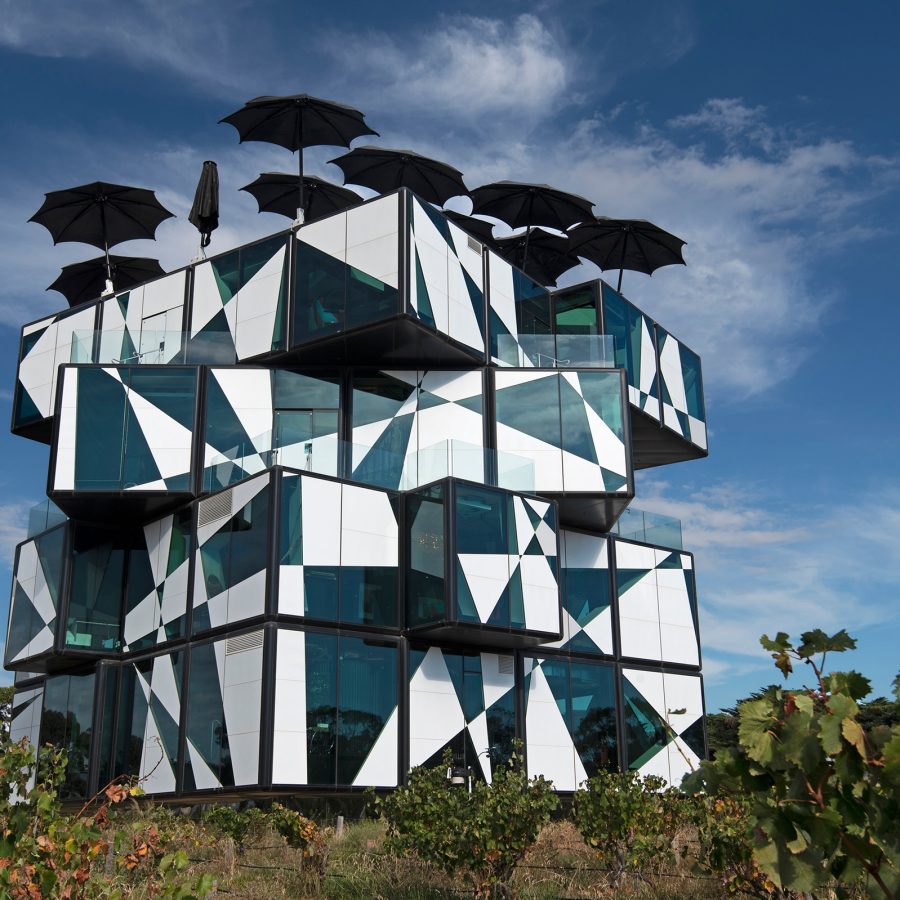
Credit: Krzysztof Dydynski/Getty Images
The d’Arenberg Cube
The d’Arenberg Cube is a five-storey pile of green and white glass boxes piled on top of one another and plonked among the estate’s Mourvèdre vines. It resembles a giant sci-fi version of a Rubik’s cube some extraterrestrial hasn’t managed to complete. Chester likes puzzles – all d’Arenberg’s wine names are a tease of some kind – and he spent 10 years puzzling how to convince his fellow directors to let him build this thing.
Finally, he cracked it. Its protean walls and floors house a tasting room, a Salvador Dali exhibition, an art gallery and a casual café. You’ll find this unconventional landmark less than an hour from Adelaide’s central business district.
It sounds like the sneakiest backhanded compliment, but one of the reasons Adelaide is great is because escape from it is so easy. The gate is open and there are wonders galore beyond. I’m putting it out there: if you’re looking for an introduction to Australia, or to renew your acquaintance, it’s the best city to fly into. Nowhere else in Australia does Australia in a nutshell quite like it.
More things to do in (and around) Adelaide
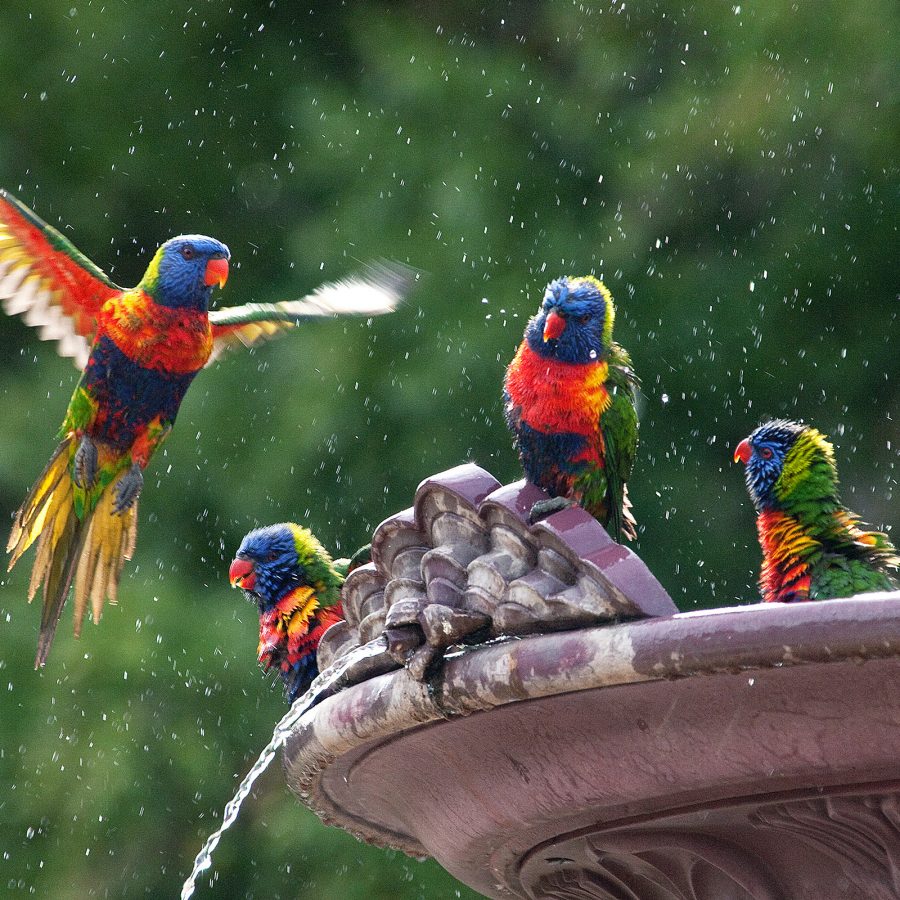
Credit: Julian Kaesler/Getty Images

Credit: Artie Ng Photography/Getty Images
Adelaide Botanic Gardens
The gardens’ Restaurant Botanic has the best larder in the world. The elegant lawns and paths outside the restaurant lead to a treasure trove of native berries, leaves, vegetables and trees – all ready to use.
The collections span ecosystems and architectural styles – from the exquisite 1877 Palm House to the modernist Bicentennial Conservatory opened 112 years later – but the quirkiest display is the Museum of Economic Botany, a collection dedicated to useful plants. If you've spent your life in search of historic papier-mâché models of fruit, your quest is at an end.
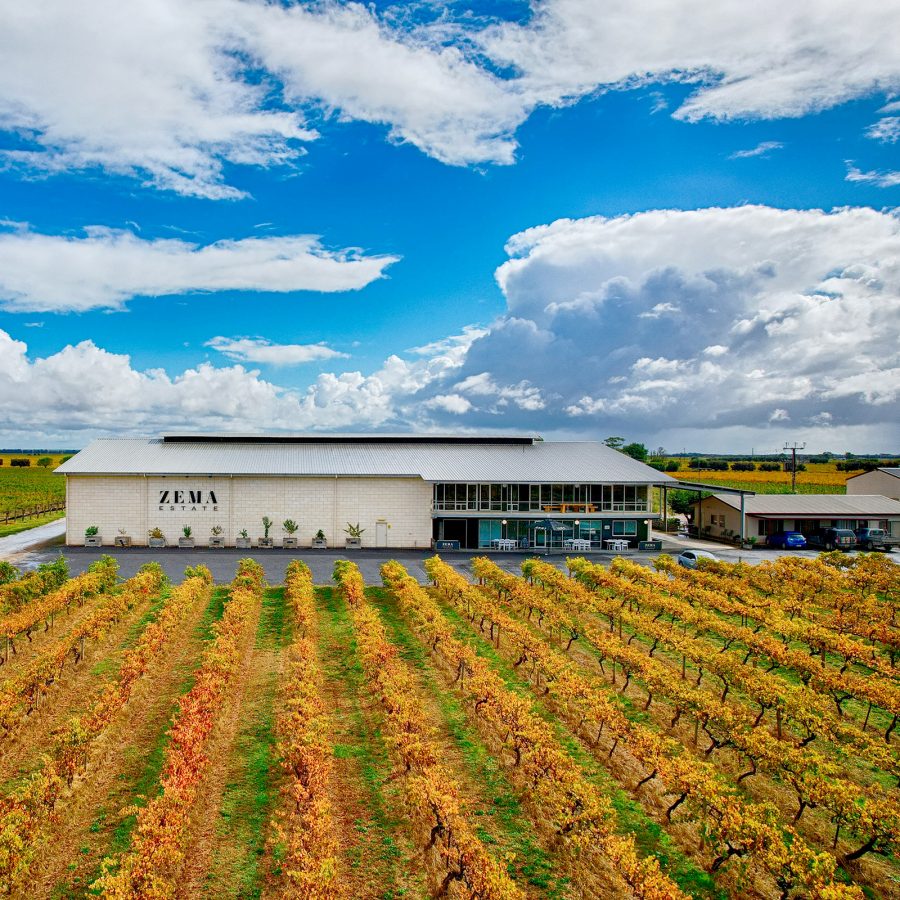
Credit: Zema
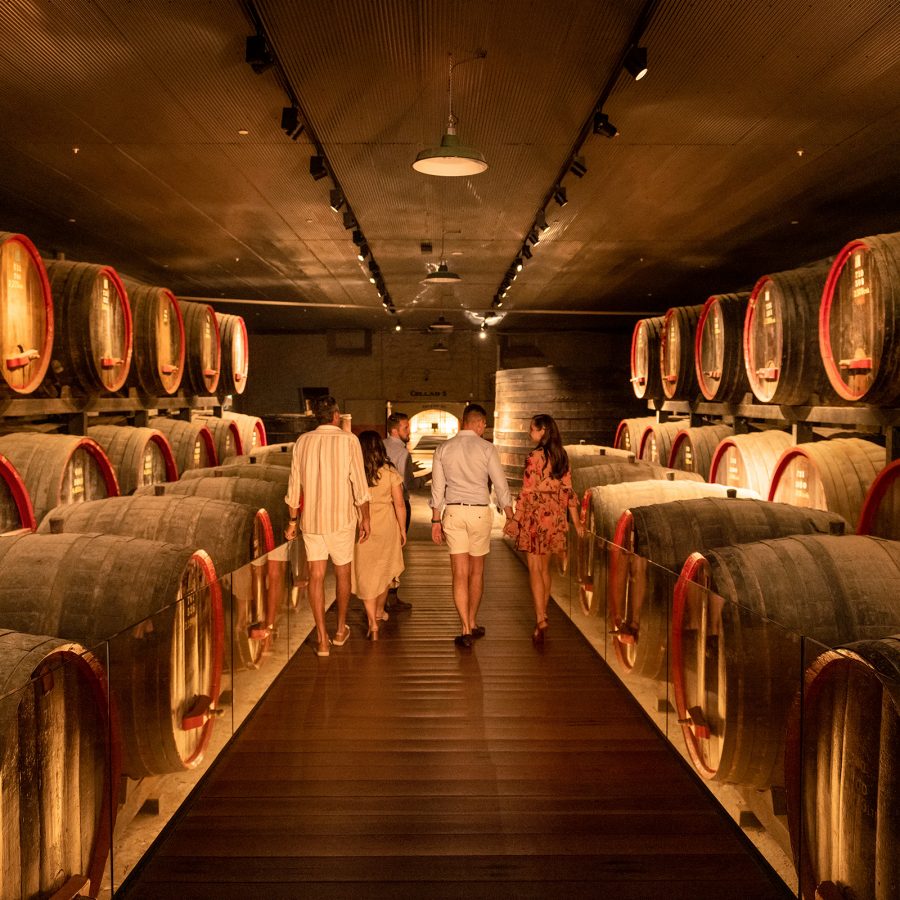
Credit: Magill Estate
Three more must-visit South Australian wineries
Hollick, Coonawarra
I remember this place when it was just the owner, an old slab cottage and a few bottles. A couple of decades on, it’s owned by Hong Kong’s Yingda Investment Company. Inside there’s a swish, low-lit tasting room and a very highly regarded restaurant: Upstairs at Hollick.
Zema, Coonawarra
An antidote to the increasing glam and sophistication of Oz cellar doors – just a simple, unfancy, family-owned place with first-class wines .
Magill Estate, Adelaide Hills
The five-star hotel of tasting rooms – Penfolds goes to town (or just above it) with a fine dining restaurant, café and expert staff in very cool uniforms.
Thanks to Avis for the vehicle hire.
This story was originally published in August 2017 and updated in July 2025.
More inspiration
Adelaide travel information
- China – the Chinese Mainland, Hong Kong SAR, Macao SAR and Taiwan Region
- Hong Kong SAR - English
- Chinese Mainland (China) - English
- Taiwan, China - English
- 香港特別行政區 - 繁體中文
- 中国內地 - 简体中文
- 中國台灣 - 繁體中文
- Africa
- South Africa - English
- Asia
- Bangladesh - English
- Korea - English
- Singapore - English
- Cambodia - English
- 한국 - 한국어
- Sri Lanka - English
- India - English
- Malaysia - English
- Thailand - English
- Indonesia - English
- Maldives - English
- ประเทศไทย - ภาษาไทย
- Indonesia - Bahasa Indonesia
- Myanmar - English
- Vietnam - English
- Japan - English
- Nepal - English
- Việt Nam - tiếng Việt
- 日本 - 日本語
- Philippines - English
- Australasia
- Australia - English
- New Zealand - English